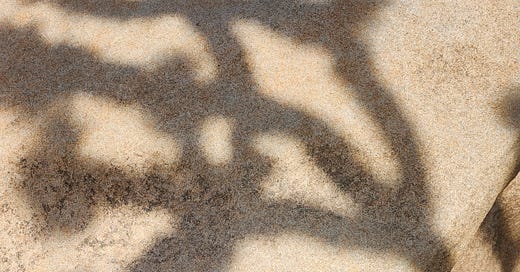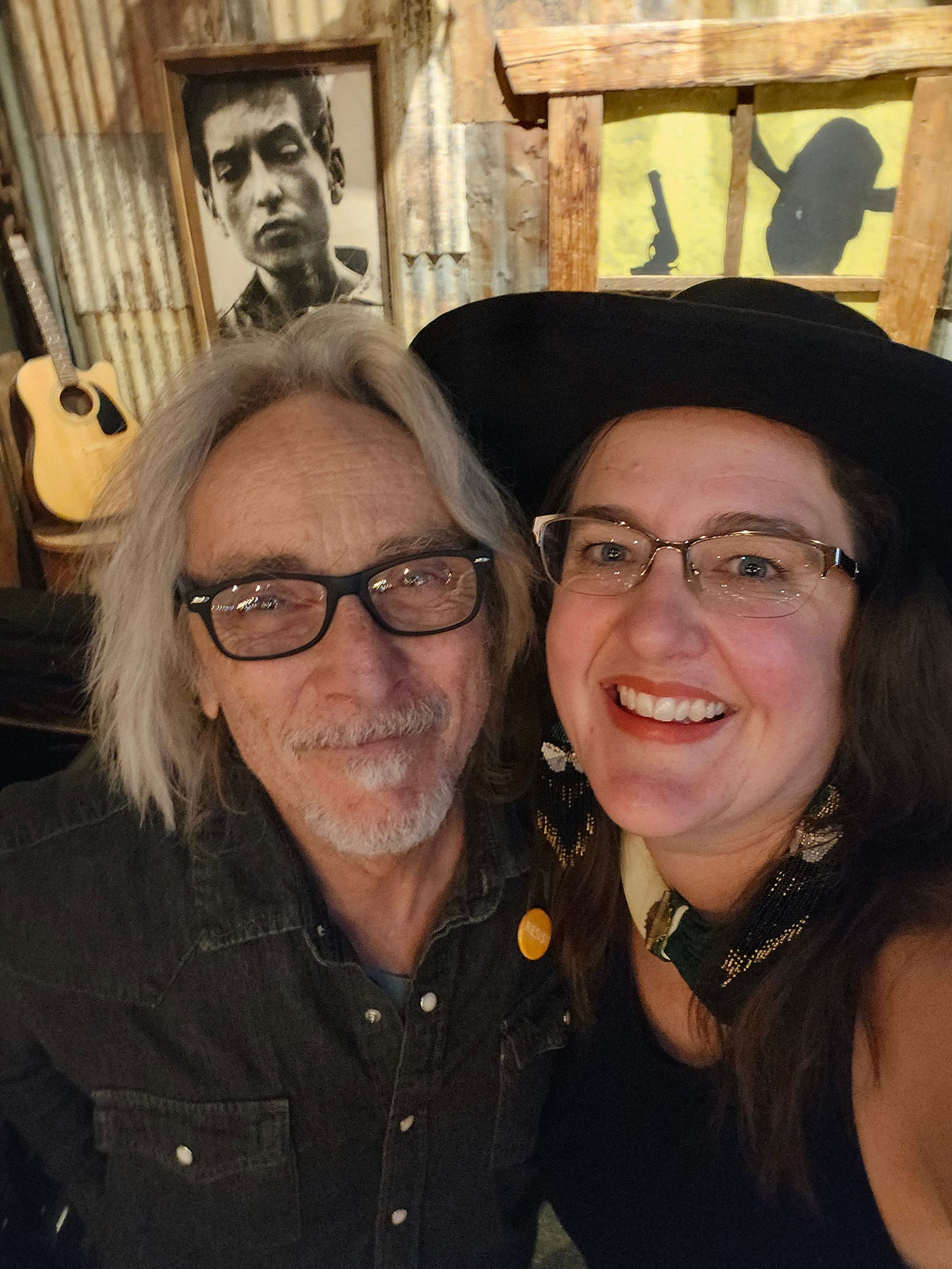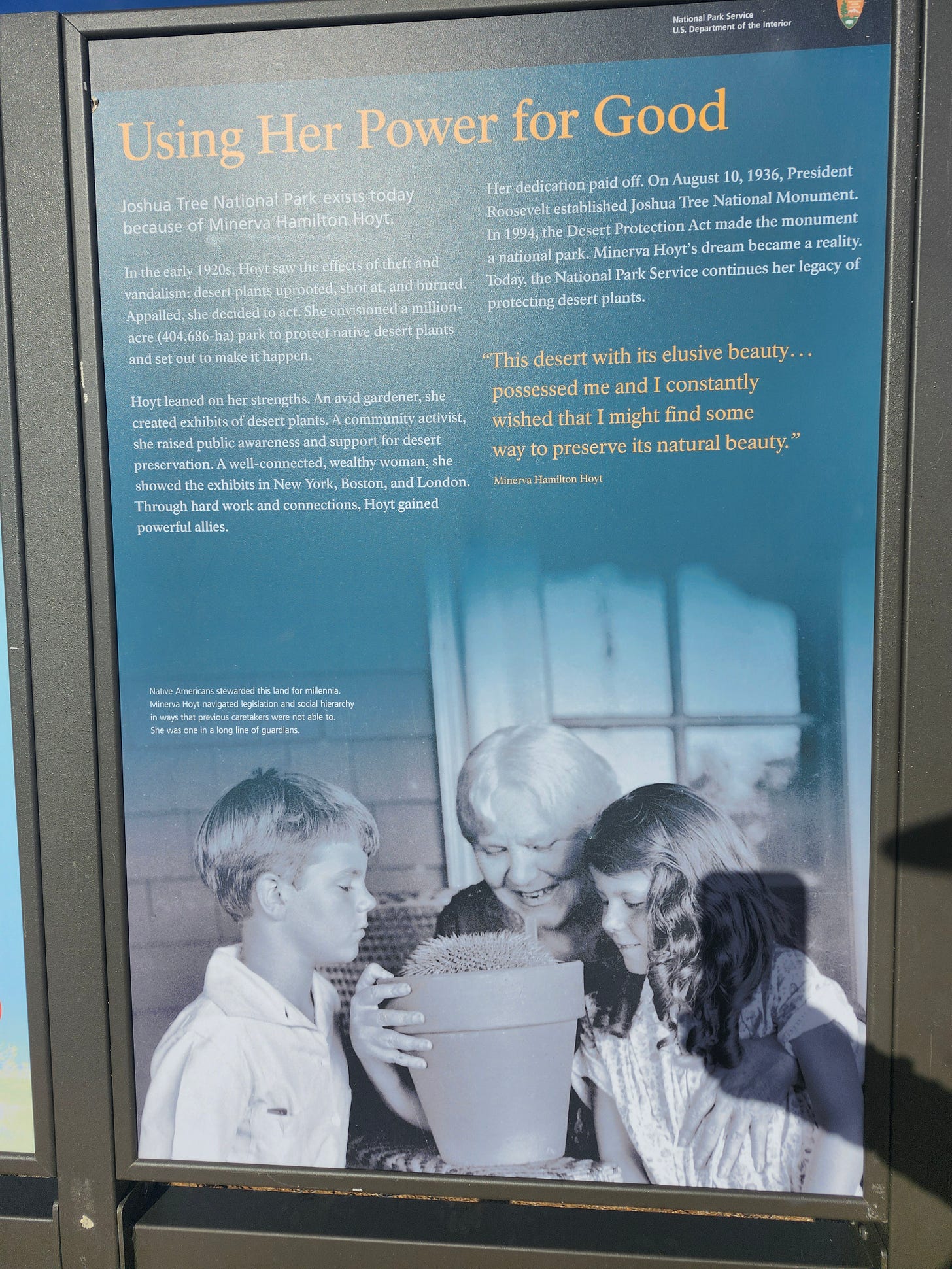When the world no longer makes sense and the mess is in my kiss (to quote a song from X, one of my early influences), I head to the place where it all began for me, Joshua Tree.
There is nothing like the desert in winter that can clear my head, ground my body and open my soul. It is here, in the dry wilderness, where light and shadows play and there is no judgement in however you happen to show up. Though water is seldom in sight, the moisture of the spirit flows in the form of limitless ideas, poetry, song and… tears.
For several days I was finally able to find a place seemingly untouched by the weight of politics and of the fierce change blanketing the country. That is not to say that Joshua Tree itself isn’t impacted by the infernal new leadership.
The day I arrived there were protests outcrying the firing of 1,000 service members from the National Park Service. This is a sensitive decision for the small town who remembers far too recently the vandalism done to Joshua Trees in the National Park during the government shut-down of the pandemic. That was a temporary lapse in the service of the park’s stewards - what will be the impact of a more permanent decree?
In my budding youth in Joshua Tree I got to join my first protests thanks to this wonderful person, Ted Quinn. A gifted singer songwriter and activist, he was the closest to a living John Lennon than I could imagine (haha, Imagine pun intended). I was pretty heart broken I had not been around in the 1960’s, but this mighty Quinn revealed that the spirit of that time had never left. We drove to protests in Los Angeles and I took an all night bus trip to San Francisco to protest the Iraq wars in the early 2000s.
In my recent return to Joshua Tree, I became intimate with just how vital National Parks can be for this citizen’s well-being in the modern world.
I drove deep into the desert, calling loved ones on the way and informing them my solo hiking plans before losing all cell and wifi connection. The rocks rose from their ancient standpoints and the Joshua Trees whirled from the perspective of the moving car, reaching out their ageless arms.
I was determined to find a new relationship with the park than I had had in my early life. It meant discovering trails I had never hiked as a kid. I let my intuition and natural curiosity guide me.
I kept passing a somewhat overlooked trail called “Minerva Hoyt Trail.” I was intrigued by the reference to the ancient Goddess Menrva who was the Etruscan counterpart to the Greek Goddess Athena. This out-and-back hike to Hidden Valley leads through a Joshua Tree forest on its way to popular rock climbing ventures.
It turns out that Minerva Hoyt was an affluent woman, a southern belle from Mississippi in fact, that transplanted to the west and fell in love with the desert landscape, learning the mysterious ways in which desert plants could survive in such a harsh climate. A gardener herself, she was saddened to see people digging up, burning and destroying cacti in the desert she had come to love. After the deaths of her husband and son she became a mother to the desert itself founding the International Deserts Conservation League. She “hired well known biologists and desert ecologists to prepare reports on the virtues of the Joshua Tree region” and convinced president Franklin Roosevelt to designate Joshua Tree as a Monument. If it wasn’t for Minerva I don’t think Joshua Tree would have ever become the national park that it did in 1994, when I was 10 years old.
Walking this flat trail for three miles, surrounded by Joshua Trees, allowed me to more fully take in and appreciate this iconic tree, which isn’t technically a tree at all (and most certainly wasn’t named for the biblical figure by the indigenous who lived here). Even so, I am glad this became the namesake of the park which alternatively would have been named “Desert Plants National Park” (a more accurate but somehow less endearing title).
I started to really SEE these beings as I had learned to see the Saguaros of Arizona - as people. It is vital to mention here that long before Minerva Hoyt there were thousands of years of native people that called the desert home . From a video at Saguaro National Park last year I learned that the indigenous Hohokam, Sobaipuri, and Tohono O'odham apprehended the saguaros as the elders who embodied the knowledge and collective wisdom of the land itself.
Turning this gaze to the familiar landscape I grew up in and took for granted, I saw the Joshua Trees in this new light. I began to witness all kinds of metaphors and parallels to the lives we as humans live embodied in the Joshua Trees.
In Part 2, I am excited to share with you my “Joshua Tree” metaphors!







Thanks for sharing your journey back home and beyond, into the past, present, and future. With your storytelling skills, I felt I was walking with you step by step, ruminating on the desert space and its history. Now that you're seeing it anew, I look forward to your continued reflections and metaphors. xo
Beautiful and sounds like a much needed respite from the news, I hope to visit Joshua tree one day❤️